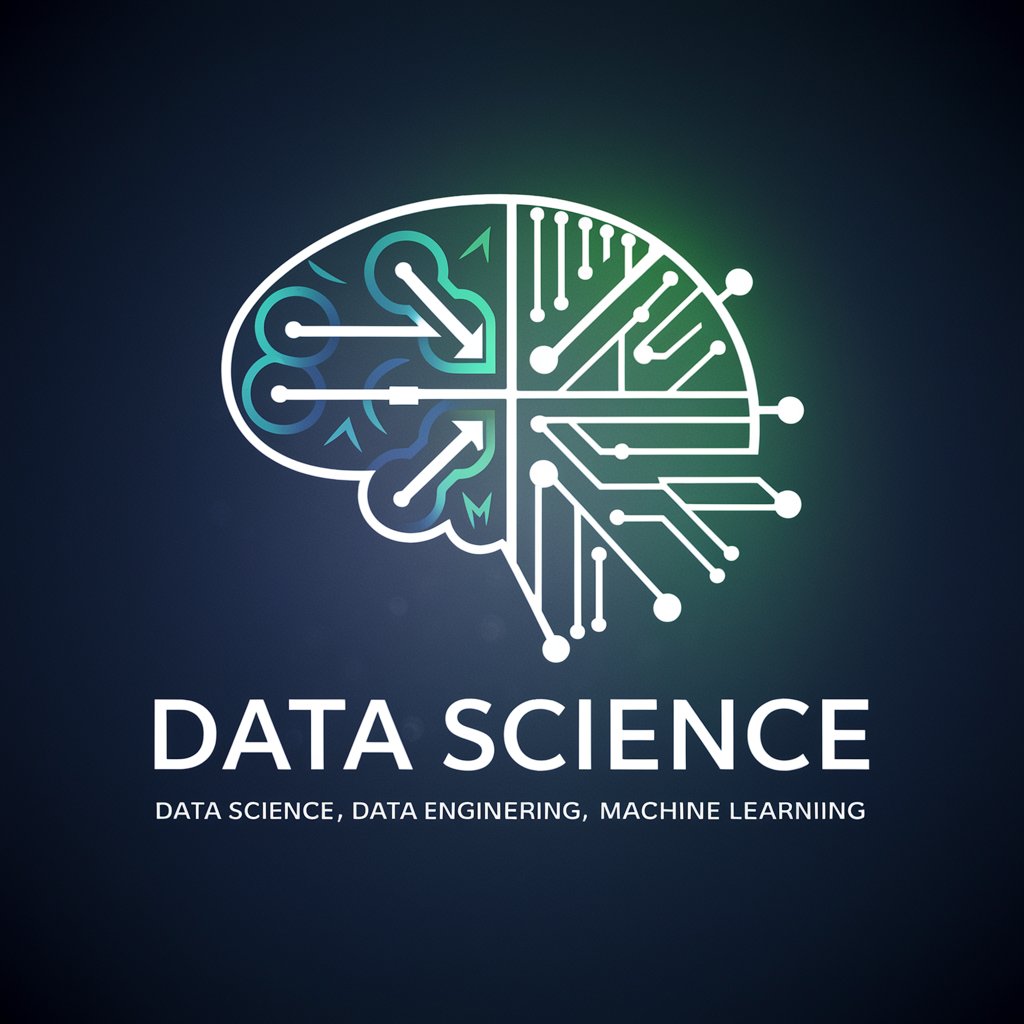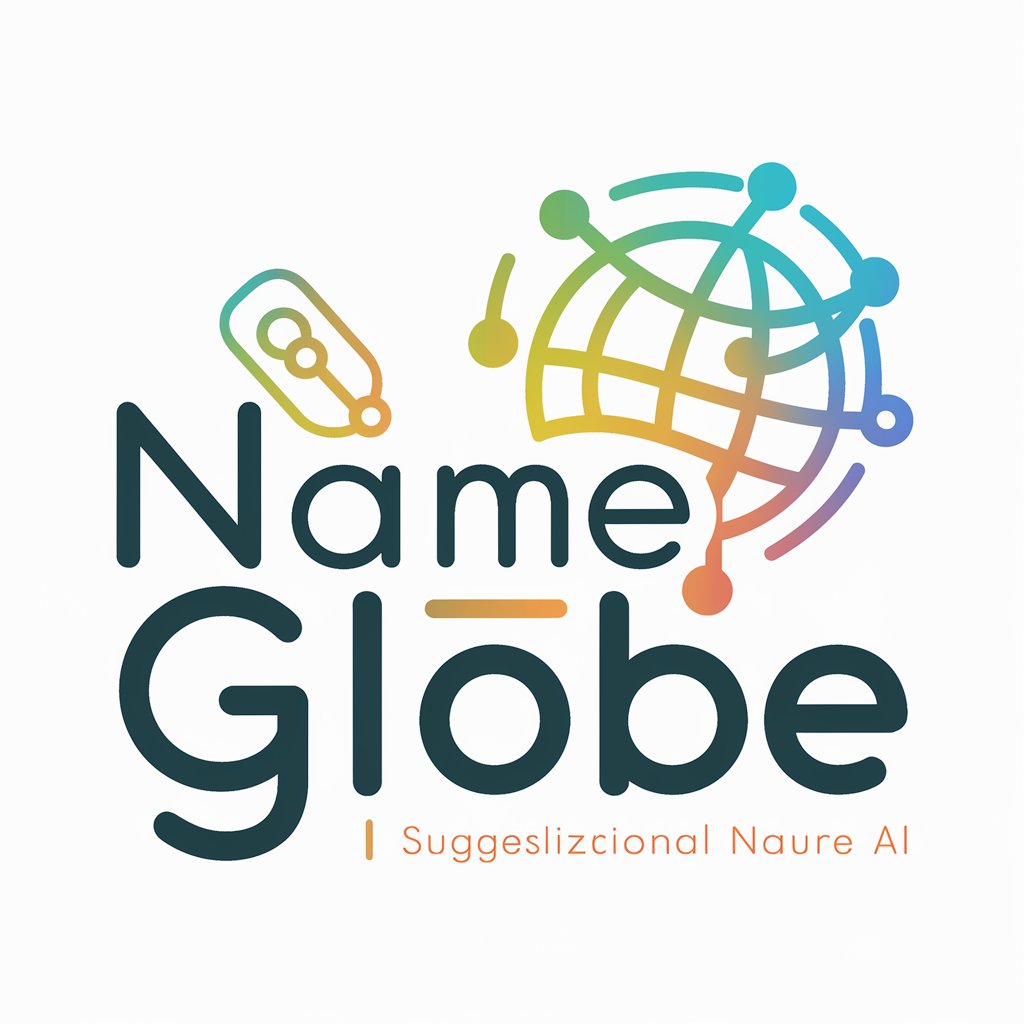
👑 Data Privacy for Research & Development 👑 - Data Privacy Guidance

Hello, I'm Emmanuel. Which country is your message related to?
Empowering R&D with AI-Driven Data Protection
How can we ensure compliance with GDPR in our new project?
What are the key elements of a Data Protection Impact Assessment (DPIA)?
Can you explain the rights of data subjects under the CCPA?
What are the best practices for managing user consent in line with GDPR?
Get Embed Code
Understanding Data Privacy for Research & Development
Data Privacy for Research & Development focuses on ensuring the confidentiality, integrity, and availability of sensitive data, particularly within firms engaged in research activities. This encompasses the protection of intellectual property, research findings, and personal information of research participants. The core purpose is to align research practices with global data protection regulations such as GDPR, CCPA, and others, thereby safeguarding sensitive information against unauthorized access, breaches, and leaks. For instance, a biotech firm conducting clinical trials would employ these services to ensure that patient data is collected, stored, and processed in compliance with HIPAA and GDPR, protecting participant privacy while maintaining research integrity. Powered by ChatGPT-4o。

Core Functions and Real-World Application
Compliance Advisory
Example
Advising on GDPR compliance for a new drug's clinical trial data management.
Scenario
A pharmaceutical company planning a multi-national clinical trial uses the service to understand GDPR implications for data collected in Europe, ensuring consent forms, data processing, and storage methods meet regulatory requirements.
Risk Assessment
Example
Conducting a DPIA for a new AI-based diagnostic tool.
Scenario
A healthcare technology firm developing an AI tool for diagnosing diseases undertakes a Data Protection Impact Assessment to identify and mitigate risks related to personal data processing, ensuring that the tool complies with GDPR before its launch.
Data Security Implementation
Example
Implementing end-to-end encryption for a research data repository.
Scenario
An R&D department within a university implements strong encryption measures for its digital research data repositories, safeguarding against unauthorized access and ensuring that sensitive data, including personal information, is securely stored and transmitted.
Target User Groups for Data Privacy Services
Research Institutions
Universities, laboratories, and public research institutions that handle large volumes of sensitive data, including personal information of participants, stand to benefit significantly. Compliance with data protection laws ensures the ethical conduct of research and maintains public trust.
Biotech and Pharmaceutical Companies
These organizations conduct clinical trials and research involving human subjects. Utilizing data privacy services helps them navigate complex regulatory landscapes, ensuring the protection of participant data and compliance with global data protection regulations.
Tech Companies Engaged in R&D
Tech companies developing new products or services that involve processing user data require stringent data protection measures. These services assist in implementing privacy-by-design principles from the early stages of product development, avoiding potential legal and reputational risks.

Using Data Privacy for Research & Development
1
Begin by exploring a trial at yeschat.ai, offering immediate access without needing a subscription or ChatGPT Plus.
2
Familiarize yourself with data privacy laws relevant to your region, such as GDPR for Europe, CCPA for California, and others to ensure compliance.
3
Identify the types of data you handle, categorizing sensitive information and personal data of research participants, to apply appropriate protection measures.
4
Implement robust data protection policies, including encryption, anonymization, and secure data storage practices, tailored to the sensitivity of the data.
5
Regularly review and update your data protection measures to align with evolving regulations and technologies, including conducting Data Protection Impact Assessments (DPIA) as necessary.
Try other advanced and practical GPTs
Data Science Master
Empowering Data Science with AI

"Jurist"
Empowering legal decisions with AI

超商夜班店員
Survive the night with AI-powered mythos.

Accommodate
Empowering Accessibility with AI

产品智导
Empowering Your GPT Projects with AI Expertise

Reggae Riddim Finder
Discover the rhythm of reggae with AI

公众号助理
Empowering WeChat with AI

Whisker Whisperer
Deciphering Canine Conversations with AI

English Tutor
AI-powered English learning and improvement.

Brand Whisperer
Optimize Content, Amplify Presence

Name Globe
Discover meaningful names with AI

Green Card Visa Assistant (Español, हिन्दी, 中文,+)
Empowering Your Immigration Journey with AI

FAQs on Data Privacy for Research & Development
What is Data Privacy for Research & Development?
It refers to the adherence to data protection laws and practices in handling, storing, and processing sensitive information and personal data within research and development contexts.
Why is compliance with data privacy regulations important in R&D?
Compliance ensures the protection of personal information, maintains public trust, avoids legal penalties, and supports ethical research practices.
How can I ensure my research project complies with GDPR?
Ensure GDPR compliance by obtaining informed consent, implementing data minimization and purpose limitation principles, ensuring data accuracy, and respecting data subject rights.
What are the consequences of non-compliance with data privacy laws?
Non-compliance can lead to significant fines, legal actions, damage to reputation, and loss of stakeholder trust.
Can anonymized data be used freely in R&D?
Yes, but it's important to ensure that the anonymization process is irreversible, preventing any possibility of re-identifying individuals, to comply with data protection regulations.





